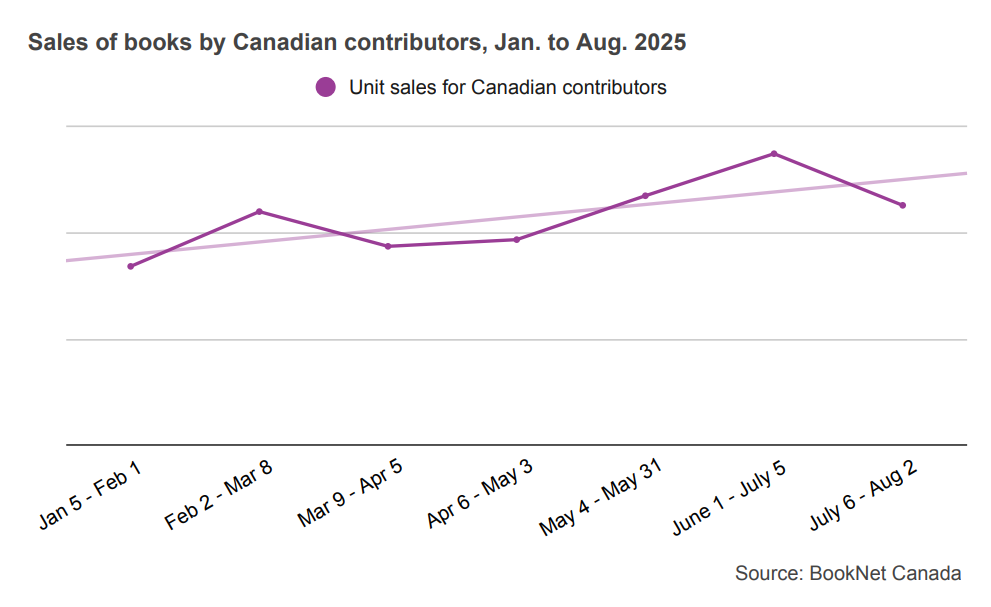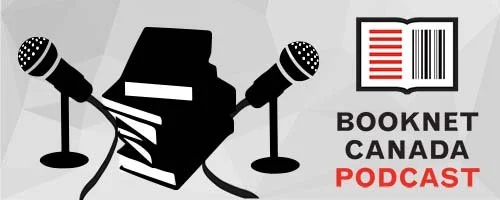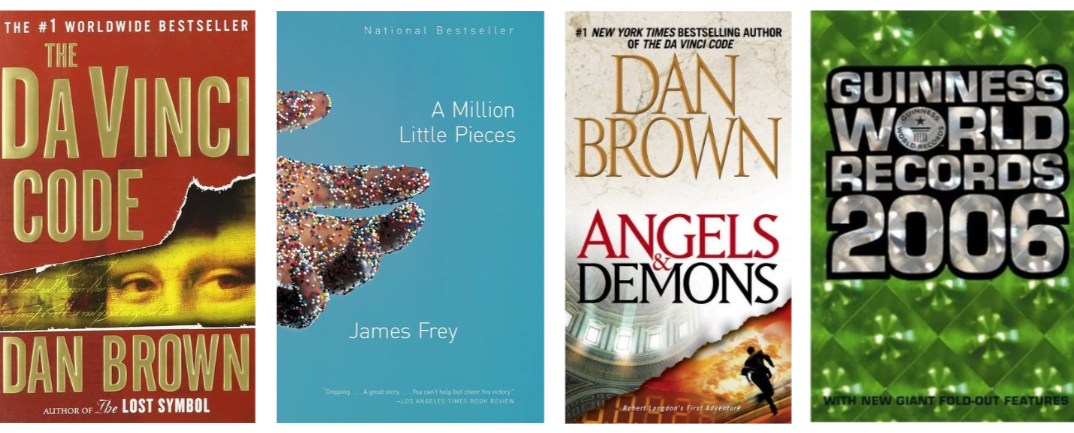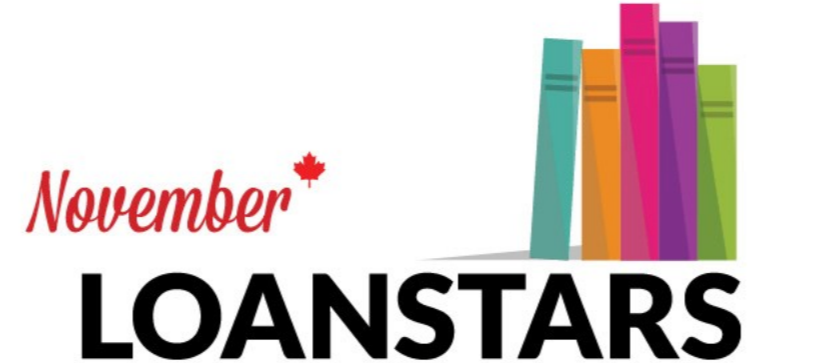Tariffs have been a hot topic so far this year, but not a particularly pleasant one. However, one silver lining, if we want to look at it that way, is the willingness and eagerness of Canadians to buy Canadian products — a largely grassroots movement, too.
We’ve all seen it at the grocery stores, with retailers mobilizing to add maple leafs to products made in Canada, which helps the 74% of Canadians who are actively looking for “Made in Canada” labels when shopping. And we can see it in the results of the surveying that companies like Ipsos have conducted where they’ve found that “over half (55%) of Canadians say they are willing to make personal sacrifices to support Canadian businesses .…” This economic patriotism might even extend to paying more for Canadian goods which 69% of Canadians said they might do.
But what are we seeing in book sales and book consumer behaviour?
If we take a look back — way back to 2012 — we published a study called Canadians Reading Canadians where we shared that at the time there had been “a significant decline over the past decade in those who say they have read a Canadian author — from 41% in 2002 to 24% in 2012.” An additional 19% did not know whether they had or not in 2002 compared with 43% of readers who did not know in 2012.
Things have improved from 2012, but have not yet gotten back to 2002 levels. In Canadian Leisure & Reading 2024 survey we asked readers about the types of books they had read over the past year. Just under a third of Canadians (30%) had read a book by or about Canadians in 2024. The share of readers who did so has remained fairly steady since 2020.
| 2020 | 2021 | 2022 | 2023 | 2024 | |
|---|---|---|---|---|---|
| Books by or about Canadians/locals | 27% | 28% | 24% | 28% | 30% |
In the survey for our Canadian Book Consumer Study, we ask book buyers about their behaviours around searching for Canadian authors rather than whether or not they have read a book by a Canadian. In the edition released earlier this year, we found that in 2024, 32% of book buyers had searched for books by Canadian authors/illustrators and 27% had searched for books about Canada or regions within Canada. These answers have hovered within a percentage point or two since 2021.
We're interested to see how or if the behaviours of book buyers and readers change in next year’s surveying.
In the meantime, we can turn to SalesData, our national sales tracking service that represents 85% of the English-language trade print book market in Canada, for some of-the-moment data on buying behaviours.
Sales of Canadian titles in recent months
What you’re seeing in the graph below is a direct comparison of the number of print titles sold from January 5 to August 2 in the Canadian market as tracked by SalesData. The blue line, Total units, includes all titles: titles by Canadian contributors as well as titles by contributors from other countries and regions. The purple line, which you’ll see more clearly in the second graph, shows exclusively the unit sales for titles by Canadian contributors over the same period of time.
Here’s a closer look at the purple line, where it’s easier to see the periods in which sales for titles by Canadian contributors peaked.
Overall, when we look at the unit sales for titles by Canadian contributors, we can see an upward trend from January of this year to the beginning of August. The data suggests that there seems to be increased interest in Canadian-authored books. As always, upticks in unit sales can be attributed to one or two high-performing titles, so it would be wise to keep an eye on this over time to see if the trend holds — and we will. (You can, too, if you’re a SalesData subscriber. Get in touch if you need help setting up this kind of report!)
What to do to support the Buy Canadian movement
So what can the publishing industry in Canada do to support this Buy Canadian movement and make sure it encompasses books? Well display tables of Canadian-authored titles at bookstores and libraries have always been a great option, but going above and beyond that, we’ve seen and heard from publishers, booksellers, and associations doing great work in this area.
Take Cedar Canoe Books in Huntsville, for example. They pioneered the idea of a Canadian flag bookmark as a way to easily identify which books in the store were Canadian-authored. An initiative that has now been taken up by a group of publishers who are taking this program to bookstores from coast to coast. Or Baraka Books who have started labelling their books as published and printed in Canada on their copyright page with plans to sticker the covers. We have it on good authority that there are other programs and initiatives in the works in terms of identifying Canadian books. If you have one you’d like to share with us, we'd love to hear what you're doing, tell us in the comments.
And, as always, if you or your company produces metadata for your books, make sure your Canadian authors are identified in your bibliographic data! (If you’re not sure how, get in touch and we can help.) Make sure that booksellers, libraries, book buyers, borrowers, and readers can identify and discover the work of Canadians, because they want to!
If you’re interested in more trends and a look at mid-year data, register for the free webinar on September 23 where BookNet staff will provide insights into sales trends from January through summer, year-over-year comparisons from past peak periods, recent library circulation insights, and more.
















The latest news out of the European Commission.